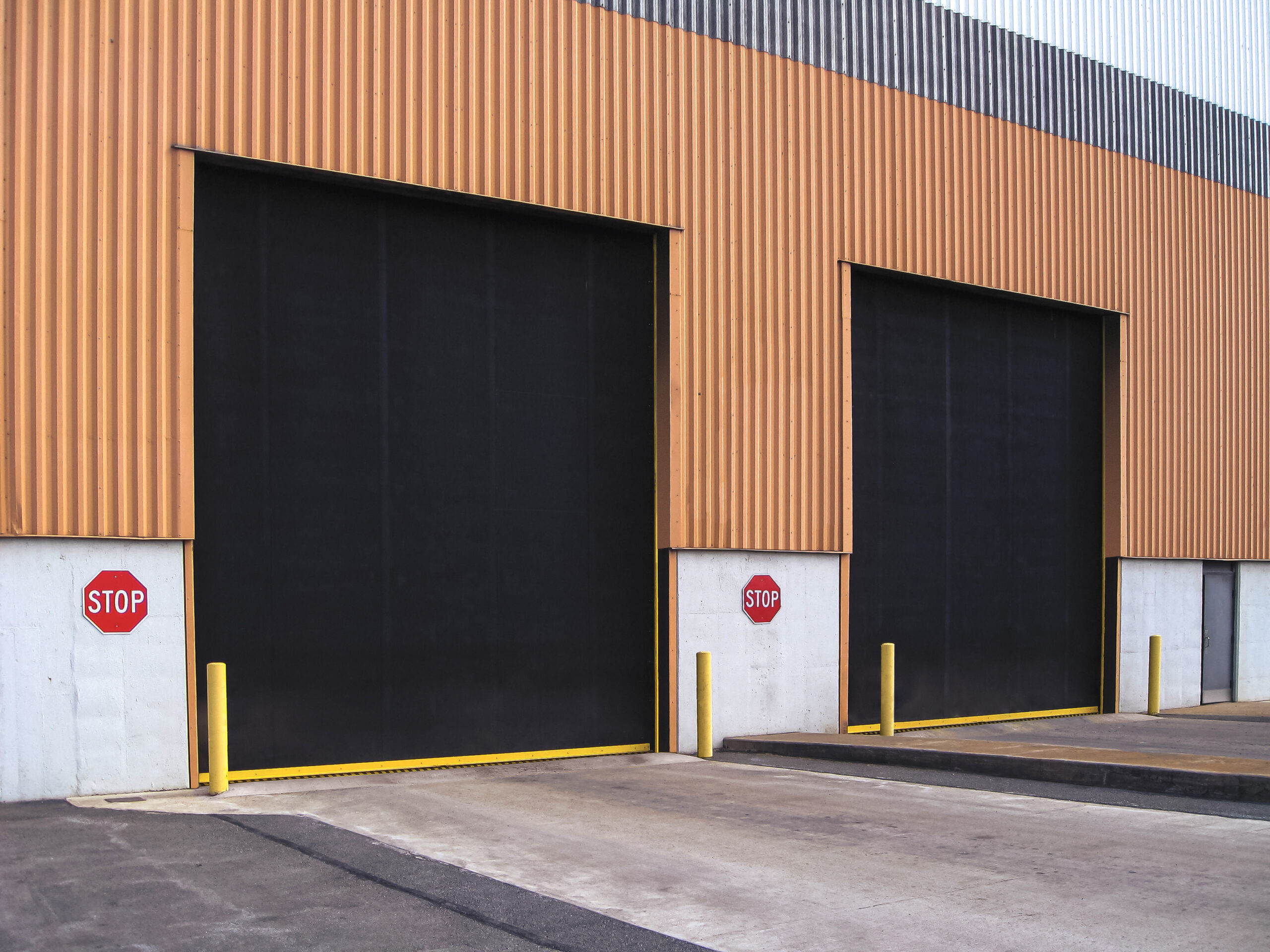Why Industrial Rolling Steel Doors Dominate Commercial Security
In today’s fast-paced industrial landscape, durability and adaptability aren’t just nice-to-haves—they’re essentials. Heavy-duty rolling steel doors have emerged as critical components for warehouses, manufacturing plants, and retail spaces, offering unmatched protection and customization. From hurricane-resistant designs to AI-driven security systems, manufacturers are redefining what these doors can achieve. Let’s explore the innovators setting the standard and the features that make their products indispensable.

Leading Manufacturers Redefining the Industry
The industrial rolling steel door market thrives on expertise and innovation. These six manufacturers are trusted by facilities worldwide:
- Clopay Building Products: With a legacy spanning decades, Clopay delivers insulated, fire-rated, and security-enhanced doors backed by a nationwide service network. Their focus on rapid deployment and maintenance support makes them a top choice for large-scale projects 1.
- Cornell Iron Works: Specializing in extreme environments, Cornell crafts doors up to 30 feet wide using heavy-gauge steel. Their wind-resistant designs are engineered to withstand 150+ mph gusts, ideal for coastal warehouses and storm-prone regions 2.
- ASTA America: ASTA’s UltraCycle Series balances speed and security, with doors capable of 50,000+ operational cycles. Fire-rated models are widely used in healthcare and retail, where compliance and reliability are non-negotiable 34.
- Wayne Dalton: A leader in customization, Wayne Dalton offers roll-up sheet doors with noise-reducing insulation and powder-coated finishes. Their Model 5600 is a favorite for loading docks requiring frequent daily cycles 2.
- Rollok: Rollok sets itself apart with foam-filled stainless steel slats and military-grade locking systems. A Midwest automotive plant recently credited their doors with reducing break-in attempts by 40% through Rollok’s anti-pry technology 1.
- Cookson Door: Cookson’s energy-efficient designs slash HVAC costs by 15–20% in cold storage facilities. Their CrossingGard® line provides 4-hour fire protection, exceeding standard building codes for pharmaceutical warehouses 7.

Critical Features of Modern Rolling Steel Doors
Today’s industrial doors are built to endure harsh conditions while adapting to evolving needs.
- Security That Adapts: Forced entry is a $3 billion annual problem for U.S. businesses. Manufacturers now integrate infrared sensors to detect tailgating and AI-powered cameras that differentiate between staff and intruders. Dual steel slide bolts and cylinder locks remain staples, but the real game-changer is Rollok’s ThreatProtect™ system—a layered defense combining biometric scans and tamper-proof slats 8.
- Built to Endure: Galvanized steel (12–16 gauge) forms the backbone of these doors, with thicker 14-gauge options preferred for high-traffic docks. Compliance with FEMA P-361 (2024 hurricane standards) ensures doors like Cornell’s WindForce series can handle Category 5 winds without buckling 9.
- Smart Energy Savings: Insulation isn’t just about temperature control—it’s a cost-saver. Foam-filled slats with R-values (a measure of thermal resistance) up to 7.7 reduce annual cooling costs by 18% in food distribution centers. Cookson’s ArcticShield line even incorporates recycled materials to meet LEED certification demands 1011.
- Customization Without Compromise: Need a door for a curved aircraft hangar or a bulletproof bank vault? Custom manufacturers like Wayne Dalton use cold-rolled steel (processed for enhanced durability) to create non-standard shapes. Perforated slats allow ventilation in boiler rooms, while embossed finishes mimic architectural details for historic renovations 12.
Custom vs. Standard Doors: Key Considerations
| Factor | Standard Doors | Custom Doors |
|---|---|---|
| Size | Up to 4'x8' | Unlimited dimensions, curved/sloped 13 |
| Materials | 1-3/8" galvanized steel | 1-3/4" cold-rolled or stainless 14 |
| Lead Time | 2–4 weeks | 6–12 weeks (complex engineering) |
| Compliance | Basic fire/wind codes | Anti-terrorism (ISMA) + FEMA P-361 12 |
Choosing the Right Supplier: Insights From Facility Managers
"Downtime costs us $10,000 per hour," shares a logistics supervisor at a Texas distribution center. "We chose ASTA for their same-day repair guarantee." Here’s what to prioritize:
- Proven Expertise: Look for suppliers with project portfolios in your industry. Clopay’s work with Amazon fulfillment centers demonstrates their grasp of high-cycle demands 16.
- Lifecycle Support: Rollok’s 5-year motor warranties and Cookson’s 24/7 hotline ensure long-term reliability. As one hospital engineer noted, "Their team fixed a jammed door during a snowstorm—prevented a supply chain nightmare" 17.
- Transparent Compliance: Verify certifications like UL 10B (fire ratings) and Miami-Dade NOAs for hurricane zones. ASTA’s doors in a Florida resort survived Hurricane Ian unscathed, thanks to rigorous testing 18.

Installation and Maintenance: Avoiding Costly Mistakes
Proper installation requires precision:
- Tracks must be level within 1/8" tolerance—even minor misalignments cause 30% faster wear 19.
- Two technicians are mandatory for doors over 500 lbs. A Chicago warehouse learned this the hard way when a solo installer dropped a 700-lb door, delaying operations for days .
Maintenance is equally critical:
- Quarterly lubrication cuts repair costs by 45%.
- Annual spring inspections prevent catastrophic failures—like the $12k motor replacement a Nevada plant avoided through proactive care 20.

The Future of Industrial Doors
Automation and sustainability are reshaping the market:
- AI Integration: Predictive maintenance systems now alert facilities to worn parts before failures occur. ASTA’s 2025 UltraCycle models even self-adjust spring tension based on usage data 4.
- Global Growth: Asia-Pacific demand will grow 7.2% annually through 2030, driven by India’s warehouse boom 22.
- Eco Trends: 42% of European facilities now use doors with recycled steel to meet carbon targets—expect this trend to hit U.S. markets by 2026 11.
 From hurricane-proof designs to smart sensors that outthink intruders, industrial rolling steel doors are no longer just entry points—they’re strategic assets. By partnering with innovators like Clopay and Rollok, facilities don’t just protect their spaces; they future-proof them.
From hurricane-proof designs to smart sensors that outthink intruders, industrial rolling steel doors are no longer just entry points—they’re strategic assets. By partnering with innovators like Clopay and Rollok, facilities don’t just protect their spaces; they future-proof them.


